Country Macedonia Area 18.6 km2 | Language spoken Macedonian Founded 1337 | |
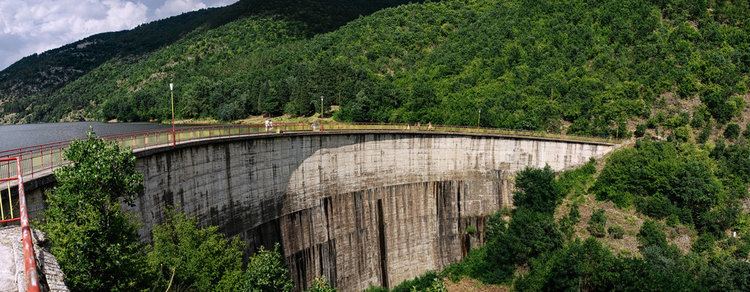 | ||
Mayor Ratko Dimitrovski VMRO-DPMNE | ||
Mile stojkoski interview on tv kocani 2011
Kočani (Macedonian: Кочани [ˈkɔtʃani]) is a town in the eastern part of the Republic of Macedonia, 120 kilometres (75 mi) from Skopje. It has a population of 28,330 and is the seat of the Kočani Municipality.
Contents
- Mile stojkoski interview on tv kocani 2011
- Map of Koani
- Sejmeni kocani
- Geography and population
- Ethnic structure
- Religious denomination
- Climate
- History
- Monuments
- Features
- Town partnerships
- Notable people
- References
Map of Kočani
Sejmeni kocani
Geography and population
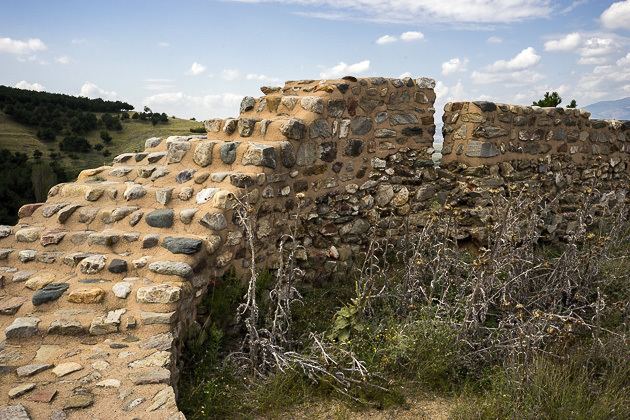
The town spreads across the Northern side of the Kočani valley, along the banks of the Kočani river, where it leaves the mountain slopes and flows through the valley. North of the town there is the Osogovo mountain (2,252 m or 7,388 ft) and 8 kilometres (5.0 mi) to the south the valley is closed by the mountain Plačkovica (1,754 m or 5,755 ft). The town is 350–450 m (1,150–1,480 ft) above sea level.
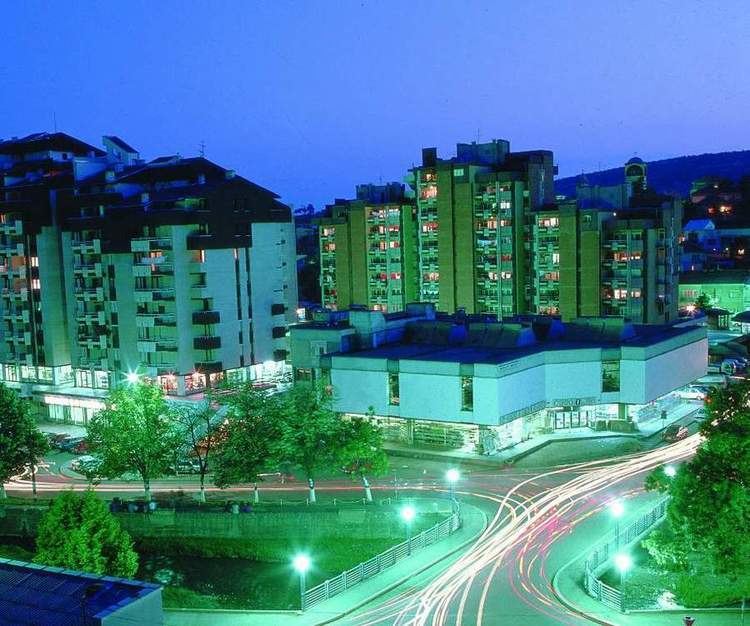
Kočani spreads over an area of 18.6 square kilometres (7.2 sq mi) and has population of 28,330 inhabitants which makes it the third regional center in the Eastern part of the country:
Ethnic structure
Religious denomination
Climate
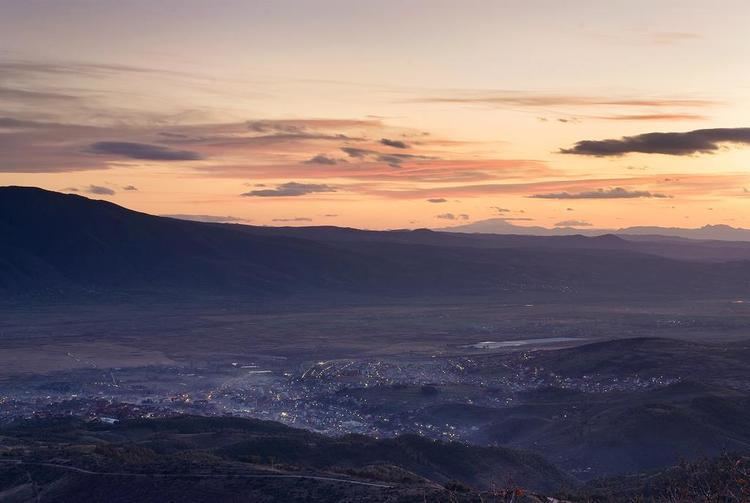
The climate is humid subtropical (Köppen: Cfa), influenced by altered Mediterranean climate which penetrates along the river Bregalnica. The average temperature is 12.9 °C (55.2 °F) with 538 mm (21.2 in) rainfall.
History
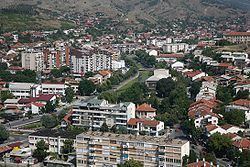
Due to its favourable geographic location, together with excellent natural climate characteristics, Kočani was inhabited as early as the ancient times first by the Paionians, Meds and Thracians. Later on, in the 6th century the Slavs inhabited parts of the region. More precisely, in the 7th century members of the Slavic tribe Smolyani colonized the Kočani valley and built a fortification. The founders of the Slavic education, brothers Kiril and Metodij (Cyril and Methodius), stayed in the valley from the year 845 to 855 and in the Bregalnica area (Morodvis) started to preach Christianity in Slavic language.

Although the settlement existed long before that, Kočani was first mentioned in a charter from 1337 in which Despot Jovan Oliver donated the church of St. Dimitrija to Kočani.
Archaeological finds in the town itself have revealed remains of a settlement here in the Roman and Byzantine periods. Early in the 15th century it fell under Turkish rule. The travel chronicler Evliya Chelebi, who visited it in 1662, recorded that it had 600 households, a mosque, a mezjid, an inn and 15 handicraft stores. During the 18th and in the early 19th century, the town growth rate stagnated. It was only around 1878 that the population began to rise, at which time it had about 450 - 500 households. The town has two feudal residences in the shape of towers believed to date from the 16th - 17th century.
Monuments
Numerous cultural and historical monuments, from ancient times to the Middle Ages, can be found in the vicinity of Kočani. One of them is an archeological site of Dolno Gradishte from the late antic period, and two medieval towers at the city center.
Monastery complexes in the nearby villages Morodvis and Panteley are world-famous both for their architecture and unique frescoes.
Features
The town green, especially along the river bed and banks of the Kočani river, is the pride of the local people. The town is very clean and neat, for which it proudly holds the prestigious title of The cleanest town in Macedonia.
Today Kočani is a modern town with planned infrastructure, avenues, many modern buildings and blocks of flats, a hospital, a shopping centre, a park and a newly built industrial zone. All this is carefully planned and structured, according to modern standards of living and esthetics. New suburbs are mainly built to the east where the town almost reaches the first houses of Orizari and to the West spreading over the industrial zone.
Town partnerships
Kočani maintains partnership links with the following places:
